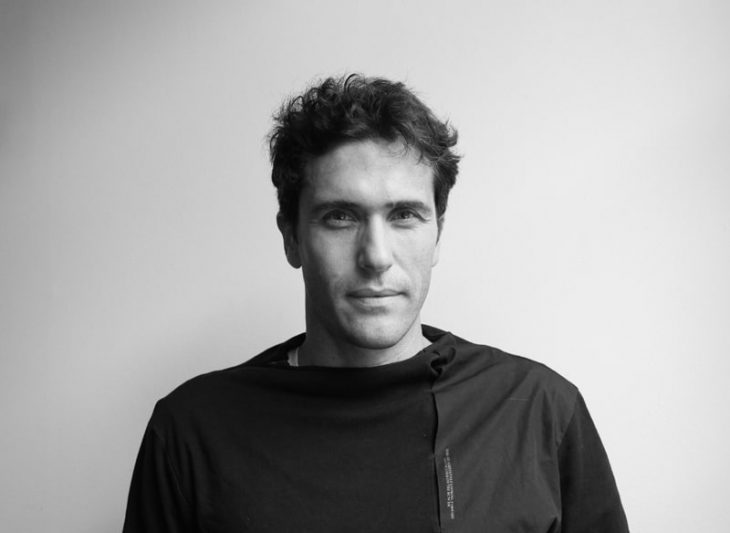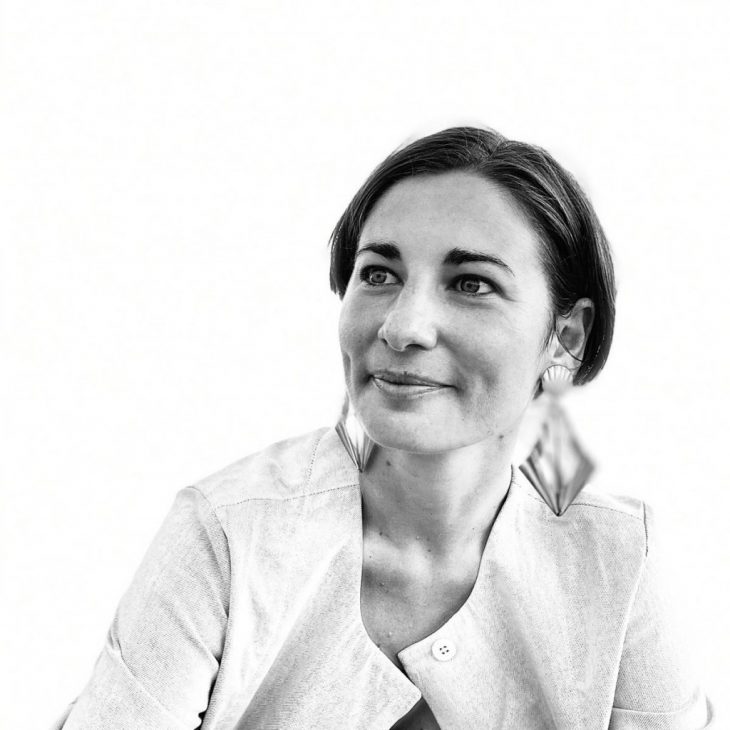Master in City & Technology 2021/22 – Term I
Studio Name: The Internet of Cities
Faculty: Eduardo Rico & Mathilde Marengo
Faculty Assistant: Iacopo Neri
Away with the Cars, towards life-centered cities
Recent years have seen a proliferation of urban policies which have the intention of reducing the need for cars in cities, advocating for alternative modes of movement, public transport and ultimately a more liveable urban space. In cities worldwide, streets are being pedestrianized, carriageways are being narrowed and parking spaces are being removed trying to prioritize pedestrians and cyclists. In the UK, a report recently published by Commonwealth advocates for policies where private vehicles would be all but absent from our cities. This idea is gaining traction, with cities following the trail of London, where the mayor has recently drafted plans to get rid of cars by 2030. In Barcelona, the Climate Emergency Declaration states that “Reducing emissions has to be tackled from every sector but especially transport (responsible for nearly 30% of emissions), the domestic sector (20.40%) and services (20.59%).” The consequent Climate Plan puts people first and the transformation of communal spaces as 2 of the 5 main pillars of the plan, and along these lines has been actuating the Superblock plan, integrating 21 green streets and 21 green squares for citizens.
Away With The Cars is a long-overdue project of net health gain, pollution reduction, social justice, and spatial improvement in our cities. We need to act and we need to do it fast. To enable this transition the complex relationships across interdependent technological and living systems call to be integrated, Life, and not just humans, should be at the center of our policies, actions and spatial thinking when removing cars from our environment, including the ecosystem as a whole – natural, social, and technological systems – towards resilient urban environments. For such a change to take place, policymakers need to provide a vision that lets the population see what cities can look like, and how they would function, if these changes were to be implemented. Architects, planners and urban designers need to seize the opportunity and help to imagine how a car-free city would be experienced and speculate over the inherently spatial nature of the changes to come. Instead of telling people what they will lose if we remove cars from cities, we shall show them what it is that they have already lost due to cars and what it is that they can gain if we get away with them.
This is the task that the MaCT01 2021/22 Internet of Cities studio is taking as its brief. What are the spatial implications of adopting an Away With the Cars policy?
Producing food and other goods out of the city has contributed towards the need for mobility and transport to and from our towns. In cities such as London, the traffic produced by logistics and poorly consolidated goods far outstrips the one generated by private vehicles, leaving policymakers with little space to liberate road space. If we want a city with no cars, we need to produce more locally and make the best use of delivery consolidation. Reusing traffic spaces can be an opportunity to do just that: generate food, produce basic goods, improve logistics and help us liberate further space on the roads. Students will look at urban agriculture, modern trends of food production and logistics to find a way to recycle large spaces
What is the role of architectural design and architectural thinking in the project of removing private vehicles from our cities? How can spatial design ensure this transition happens fairly and equitably? How can urban design approach planning from a life-centered perspective, rather than a human-centered one?
Faculty

Eduardo Rico is a Civil Engineer focused on the application of creative forms visualization of data analytics in urban and landscape design. His current research focuses on the development interfaces that capture design in the form of sketches as a form of survey for large scale input in participatory processes. He is carrying out an EPSRC funded Ph.D. in the Space Syntax department in Bartlett school of architecture and acting as a design consultant for Space Syntax Limited. Eduardo currently Co-Directs the Landscape Urbanism master in the Architectural Association exploring the role of design within large landscape and environmental policy. He has extensive teaching experience in other institutions such as GSD, Bartlett and Berlage Institute. Eduardo has experience of working in the Urban Infrastructure Team in Arup as well as urban and landscape designer in a variety of award-winning projects with smaller firms in London.

Mathilde Marengo is an Australian – French – Italian Architect, with a Ph.D. in Urbanism, whose research focuses on the Contemporary Urban Phenomenon, its integration with technology, and its implications on the future of our planet. Within today’s critical environmental, social and economic framework, she investigates the responsibility of designers in answering these challenges through circular and metabolic design.
She is Head of Studies, Faculty and Ph.D. Supervisor at the Institute for Advanced Architecture of Catalonia’s Advanced Architecture Group (AAG), an interdisciplinary research group investigating emerging technologies of information, interaction and manufacturing for the design and transformation of the cities, buildings and public spaces. Within this context, Mathilde researches, designs and experiments with innovative educational formats based on holistic, multi-disciplinary and multi-scalar design approaches, oriented towards materialization, within the AAG agenda of redefining the paradigm of design education in the Information and Experience Age.
Her investigation is also actuated through her role in several National and EU-funded research projects, among these Innochain, Knowledge Alliance for Advanced Urbanism, BUILD Solutions, Active Public Space, Creative Food Cycles, and more. Her work has been published internationally, as well as exhibited, among others: Venice Biennale, Shenzhen Bi-City Biennale, Beijing Design Week, MAXXI Rome.

Iacopo Neri’s research lies at the intersection between architecture, computer science and urban planning. He holds a Master of Science in Architecture with Distinction at The Polytechnic University of Milan and attended a Master in City and Technology at the Institute for Advanced Architecture of Catalonia (IaaC, Spain) after presenting a paper about Swarm Intelligences for crowd-based analysis during the Responsive Cities Symposium (2017, Barcelona). He has been involved as a teaching assistant since 2015 at the University of Florence, later, at The Polytechnic University of Milan, and finally at IAAC where he is currently part of the City and Technology computational research team. He also works as a computational designer at External Reference Architecture Bureau, Barcelona.